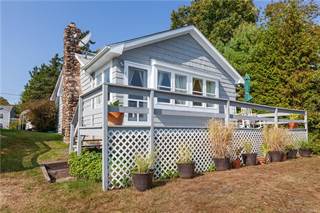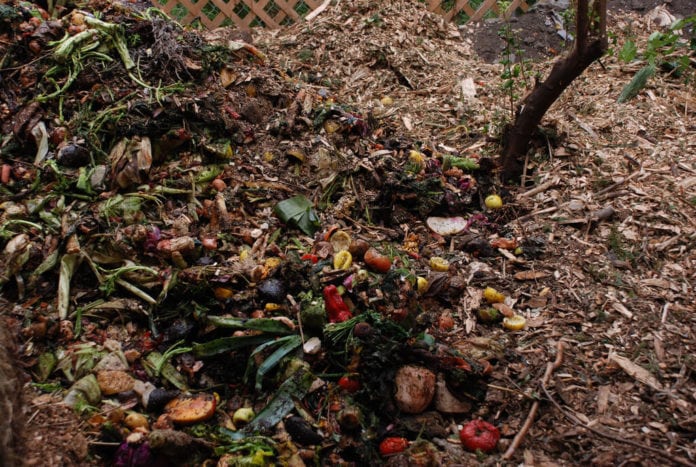Written by Ben Pulvino
Although my family has never been big on the idea of growing our own food, I do have a story that has kind of become a tradition related to sustainability. When we first moved into the house I currently live in, 11 years ago, we discovered that there are a ton of blueberries and even some strawberries that grow in the woods behind our house. My mom was thrilled when she found out because for many years prior she loved to go and pick blueberries in the huge blueberry fields across the road from my grandma’s house. Now we had our own source right in our backyard, without ever doing any work. The first year we noticed them growing back there we weren’t really sure if they were safe to eat, but we decided there was only one way to find out. My mom and I decided to sample a few. They were delicious and thankfully nothing bad happened.

My mom suggested that we should pick some of them so that we could make some blueberry pies and I was 100% on board with that idea. It took hours in the hot sun, but we had eventually picked what seemed like hundreds of delicious blueberries. We made two blueberry pies with some of the blueberries we picked and then my mom froze the rest to save for future use. The pies were delicious and it was amazing to think that the main ingredient had come right from our backyard. The following summer we noticed that the blueberries had grown back so we decided to pick them again and make more pies. We bought some antique blueberry rakes to see if those would make the process go a little faster. They worked well. Every year since then they have grown back without us having to do any work. We leave the wooded area alone back there and let nature do the work for us. We pick our share and leave some for the deer and other animals to enjoy. Nature has so many gifts to share with us. Not only did nature give us some delicious blueberries, but it created a family tradition that will reach 12 years this summer.


































